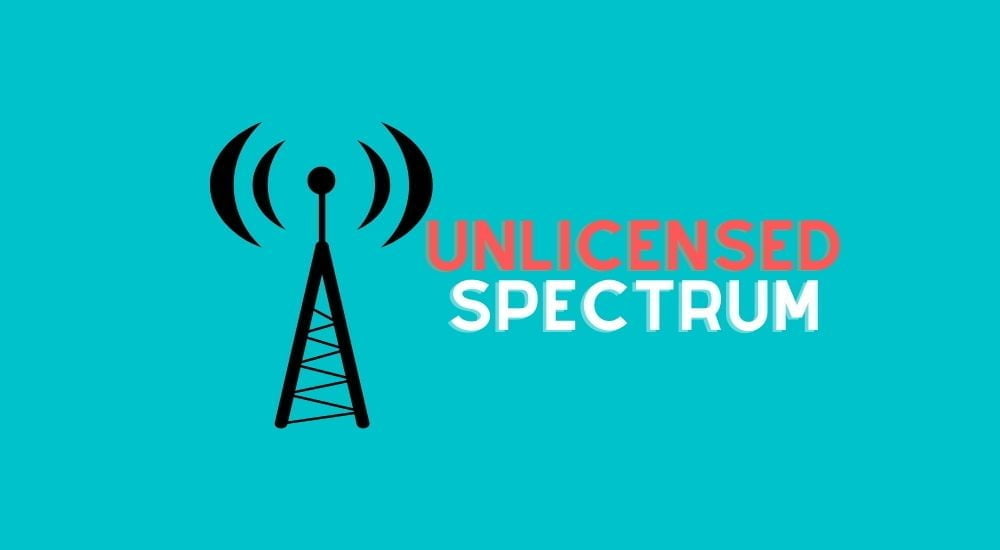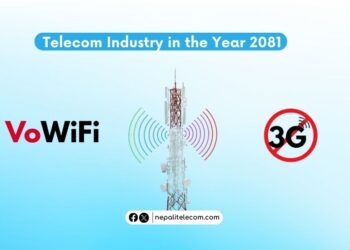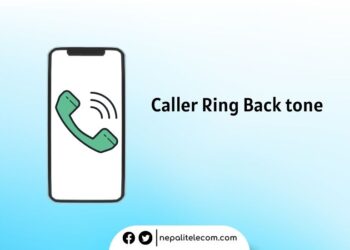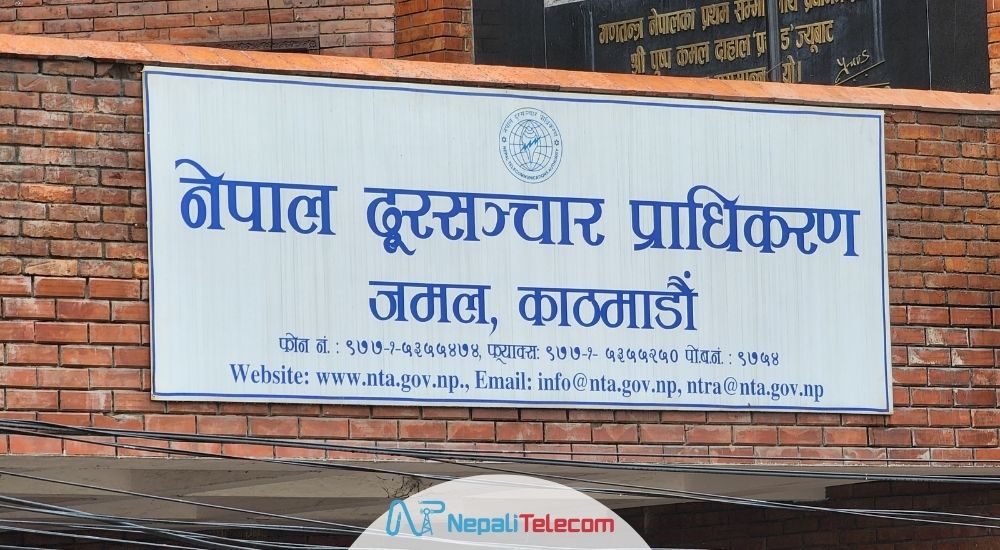Nepal Telecommunication Authority, the regulator for the telecom sector has been preparing to make use of unlicensed spectrum for home, personal, and research purposes. The regulator is set to make arrangements for the use of the frequency without any approval but that should be confined in a limited area.
What is an unlicensed spectrum?
Unlicensed spectrum is the frequency band or bandwidth that does not require any fees/license/permission from the regulator. You can use the frequency on your own but there is a serious issue of interference if not used properly. Normally the regulator assigns the valuable spectrum at a very high cost and assures of no interference.
As per the information, the NTA board has recommended the unlicensed spectrum to the “Radio Frequency Policy Determination Committee”. Which will take the necessary decision to actually implement it.
5.1 GHz Band
Gorkhapatra reports one of the frequency bands to be used as an unlicensed spectrum is 5.1 GHz. Having more bands in the Wifi network will surely reduce the interference and increase the speed to improve the internet experience. Currently, 2.4GHz and 5.8 GHz bands are being used for WiFi that does not require any license.
Wifi 6, the 6GHz wireless hotspot is also the talk of the world lately but they have not included it in their recommendation.
Revenue Vs Improving broadband
The regulator has been using the auction method to fix the price and distribution of spectrum bands. As the frequency is a limited resource, the NTA wants to maximize the revenue out of it. But they need to equal consider improving the mobile broadband connectivity in the country, rather than just the revenue.
Assigning an unlicensed spectrum could be one of the methods that can aid the country to help the digital connectivity. It not just helps the personal level connectivity but also provides an alternative mode of communication for the community and areas with no other connections.
NTA has also worked on assigning frequency spectrum to use for the latest and efficient technologies. The innovative technologies if provided required spectrum can make people’s lives better. Furthermore, some of the research works from Industry and academics also need such frequency. NTA also needs to allocate such spectrum bands in the coming days.
Spectrum for IoT
NTA has also recommended providing unlicensed spectrum for the Internet of things (IoT)/Machine to Machine (M2M), Smart Cities. Some of the technologies that are widely popular for IoT are LoRa, Sigfox, NB-IoT, Zigbee, etc. Whereas the popular spectrum defined for such IoT network are 433 MHz, 868 MHz, and 915 MHz.
Due to the requirement of having a wide area network for the connectivity to machines/things, some of the business innovators have been demanding such a spectrum.
If they approve the unlicensed spectrum for IoT, then we can expect the availability of such wireless networks to use for IoT/M2M devices in major areas. More service providers/players indeed for the IoT network in Nepal. Till now, we have been using licensed cellular networks to have connections to such devices.
Checkout: Frequency bands in Nepal for 2G, 3G and 4G
Tell us what do you think of NTA’s work on the unlicensed spectrum in Nepal? Do you see it has any implications for better connectivity in remote parts of the country? Please comment below.













